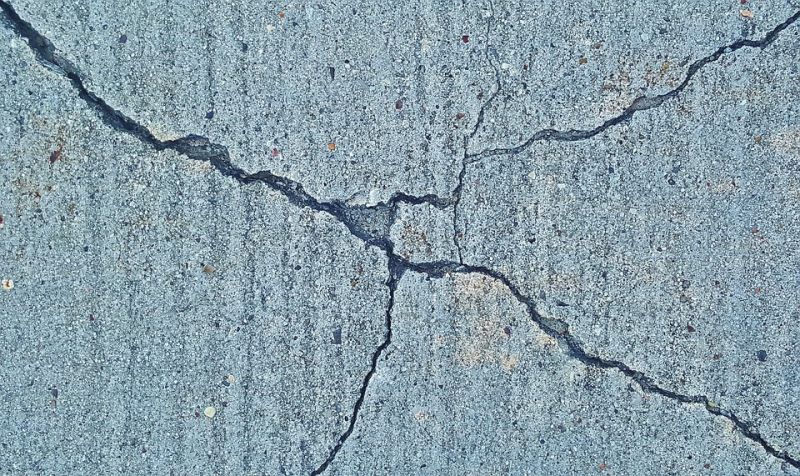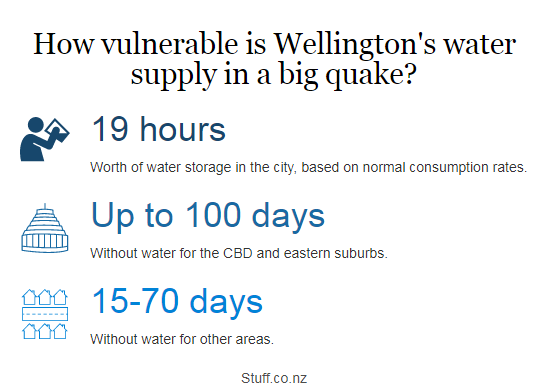Wellington's Emergency Water Supply Plans
Published on by Water Network Research, Official research team of The Water Network in Government
Wellington plans desalination plants and portable pipes from Japan in wake of big quake.
When the big one hits, Wellingtonians could find themselves drinking seawater.
BY GED CANN

Container-sized desalination plants, emergency piping flown from Japan, and ute-carried water bladders are three of the strategies being looked at to supply a city that could realistically find itself without mains water for 100 days.
The ideas are not fairy-tale-stuff, says Wellington Water project director Ulvi Salayev.
"From a water-supply perspective, the fact that we have a linear network running along a fault line ... makes us very vulnerable."
The measures are being investigated as part of the community infrastructure resilience project, a $12 million joint initiative between central government and five of the region's councils.
Discussions were already under way with CentrePort and Wellington Airport to decide locations for the desalination plants, which would probably be flown to New Zealand within 48 hours of a big quake, Salayev said.
"Rather than buying them now and having them rusting away somewhere in a depot, we will establish some kind of contractual arrangement.
"We will go to the world market, and go to some suppliers, and make sure their product is compatible with out network."

Even with the ability to treat one million litres of seawater daily, the plants would not be enough on their own.
Wellington's life-water flows through a pipe running beside a fault line on State Highway 2. If this were fractured, the city has reserves for only 19 hours of regular use.
The CBD and eastern suburbs could expect to be without water for 100 days.
Should the city's piping be destroyed, Salayev's team are in the process of buying and distributing large water bladders, which would be distributed to prearranged community water stations.
The goal is to have no homes in the capital more than a kilometre from one of these stations.
Some bladders would be mounted on utes to reach more isolated communities.
They would be filled at a variety of locations, including streams, land-based bores, and reservoirs.
These might include the proposed 35-million-litre Prince of Wales reservoir in Wellington, which will be going for planning consent in mid-September.
"If a quake happens, we know where to go, we know how to go, who our suppliers are, and that it will work and has been tested – so we can just push a button on it," Salayev said.
Above-ground piping, likely to be flown in by military aircraft from Japan, was needed in case the city's pipes were also compromised.
"One of the assumptions we have made is we cannot rely on underground pipes," Salayev said.
Work was underway to increase Wellington's reserves, with targets to have two weeks' worth of water stockpiled, in order to buy time before other systems came online.
Read full article: Stuff
Media
Taxonomy
- Water Access
- Water Supply
- Integrated Urban Water Management
- Urban Water
- Desalination
- Water Supply
- Drinking Water Managment
- Urban Water Supply
- Urban Water Infrastructure
- Earth Moving Equipment
- Desalination
- Earthquake Insurance